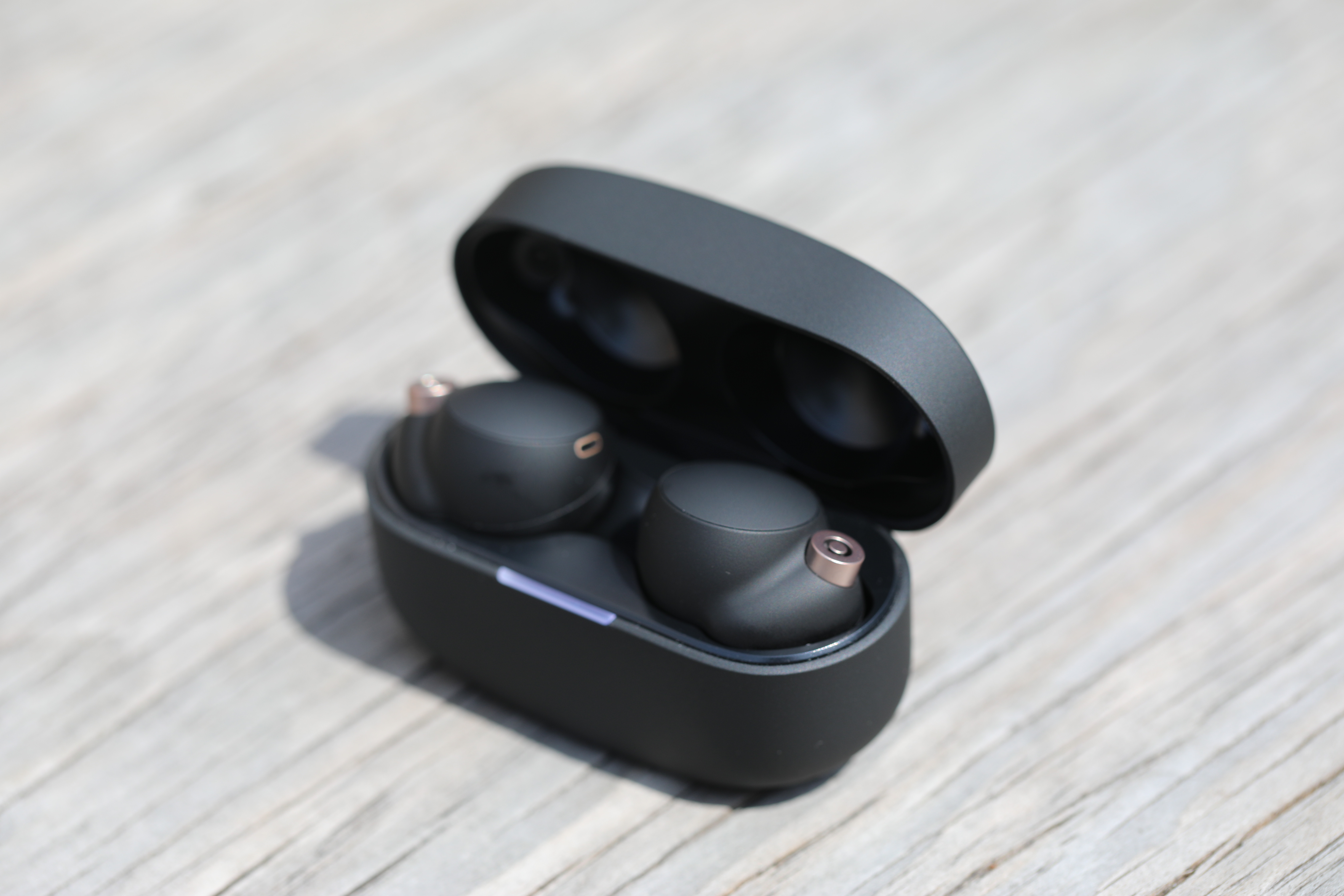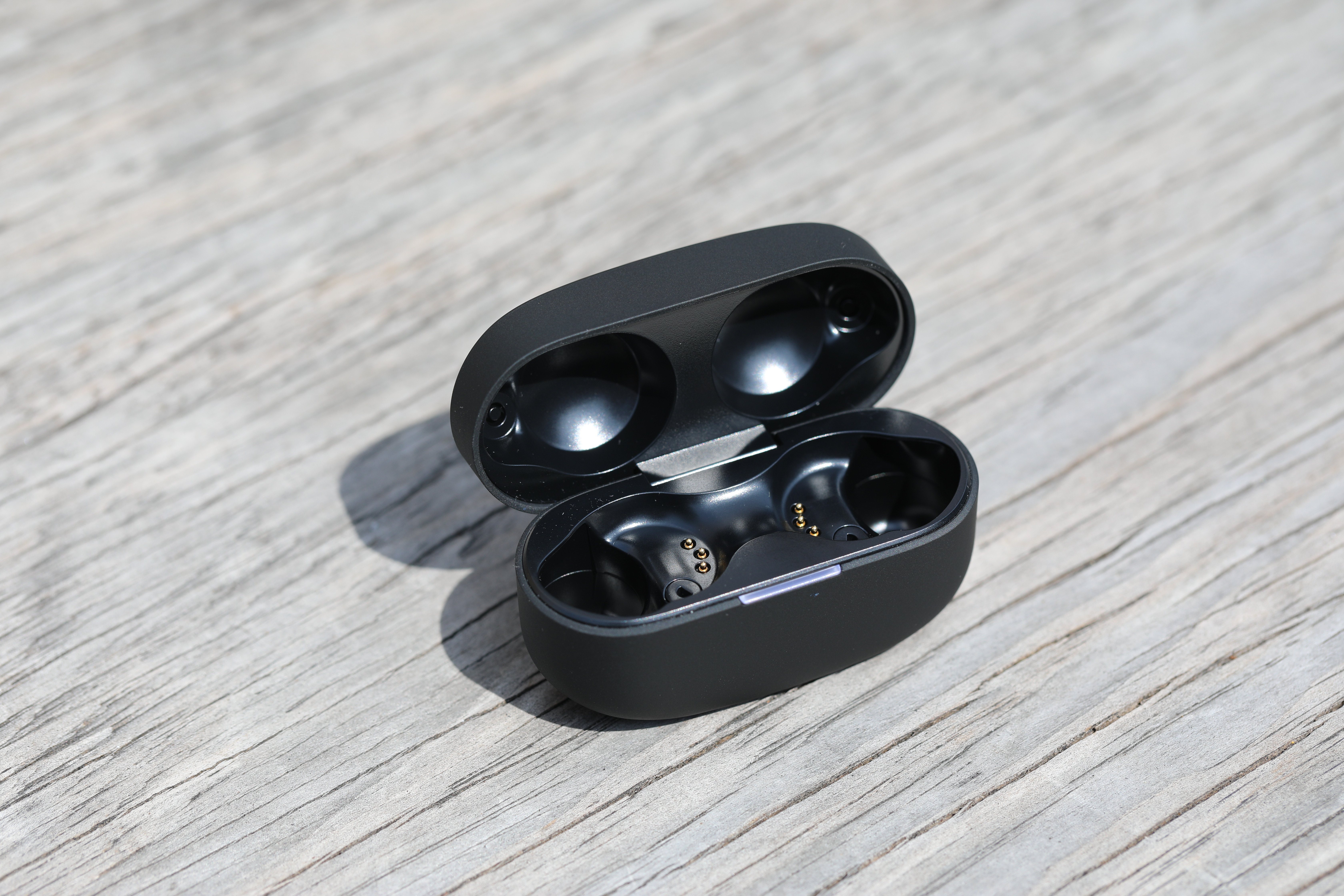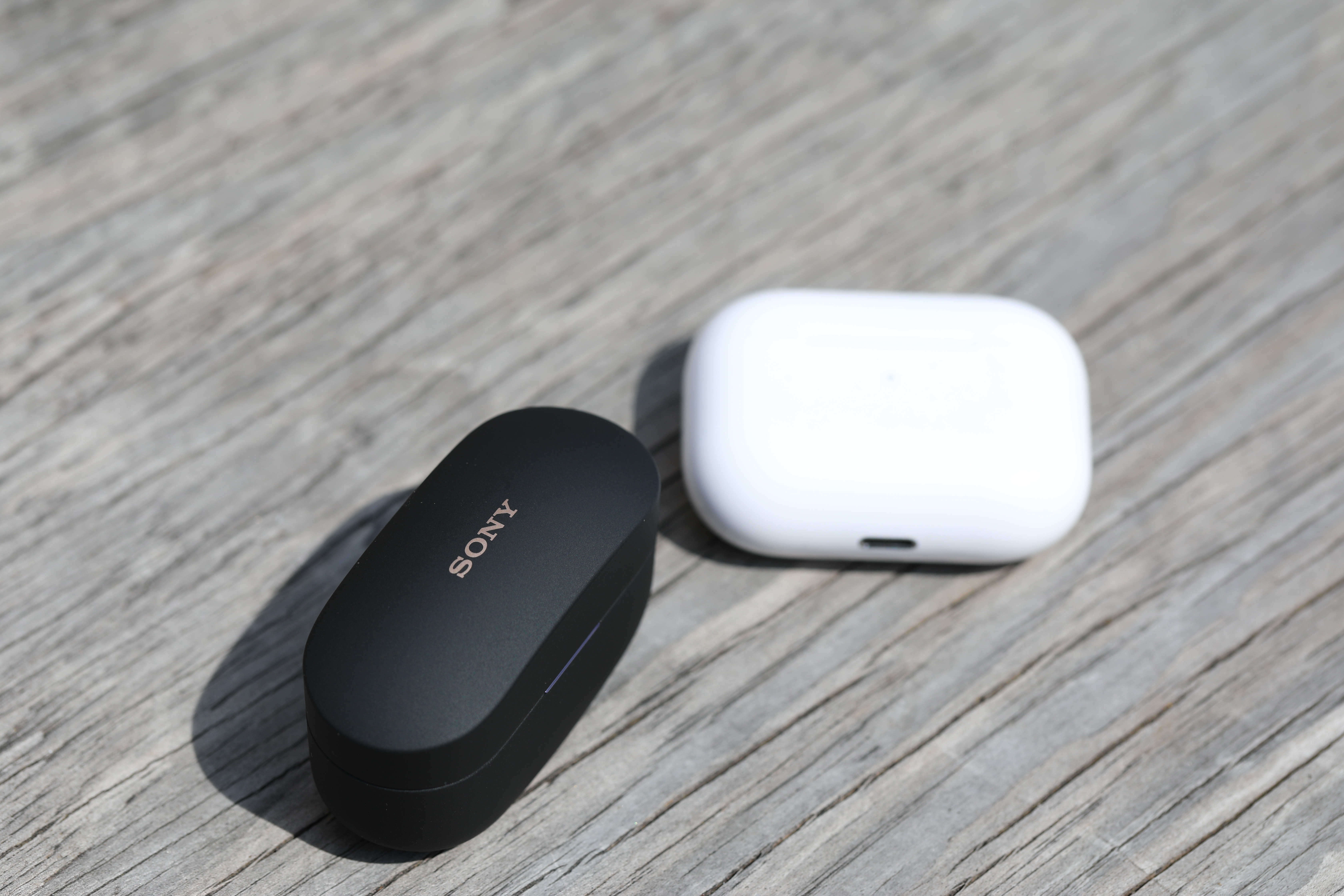It’s been two years since Sony raised the bar for wireless earbuds. Six months before Apple upped its own game with the AirPods Pro, the WF-1000XM3 set a new standard for sound and active noise cancelation. Since then, few companies have been able to match – let alone surpass – their performance.
After several weeks’ worth of leaks, the electronics giant is back with the WF-1000XM4 – a pair of buds it claims will best both the sound quality and ANC of the originals. It’s a high bar with an equally lofty price tag. The pricing was steep with the originals at $230, and now it seems Sony is really leaning in here at $280.
The wireless earbud category was already feeling crowded in 2019, but that’s nothing compared to where we’re at in 2021. There are also plenty of sub-$50 options out (you can also pick up decent Sony earbuds for under $100). Rather than finding a way to drop the cost, however, Sony is looking to cement a place at the truly premium end of spectrum, at $30 more than even the AirPods Pro.

Image Credits: Brian Heater
That said, given how high the company set the bar with the M3s, I’m definitely looking forward to testing these things out (a pair just arrived, so more soon). The M4s could well make a great pair of travel headphones – when we start doing that more regularly. The company says the secret sauce here is the V1, a newly designed processor that both enhances the ANC and the sound quality on the buds.
“Specially developed by Sony, the newly designed Integrated Processor V1 takes the noise canceling performance of Sony’s acclaimed QN1e chip and goes even further,” the company writes. “With two noise sensing microphones on the surface of each earbud – one feed-forward and one feed-back – the headphones analyze ambient noise to provide highly accurate noise cancellation.”
There are beam-forming mics on board, as well, to capture sound directly from the speaker’s mouth and reduce unnecessary ambient noise. Interesting tidbit here, too, “The new bone-conduction sensor only picks up vibrations from the user’s voice, enabling even clearer speech when making calls.”

Image Credits: Brian Heater
There’s automatic wind noise reduction for when you’re outside, coupled with a new 6mm driver. The redesigned system promises richer bass and better sound with less distortion. Naturally, Sony has also brought over its High-Resolution Audio Wireless technology, capable of transmitting 3x the data of standard Bluetooth with up to 990 kbps, according to the company.
The buds support Sony’s 360 Reality Audio – clearly something more manufacturers are looking at for high-end headphones, as they take small steps toward augmented audio. That feature needs to be enabled in the Sony app and naturally only works with select services. Adaptive Sound Control, meanwhile, adjusts playback volume based on ambient noise.

Image Credits: Brian Heater
As mentioned above, I’ve got a pair sitting on my desk right now, and right off the bat, the charging case is significantly smaller than the M3, while still boasting a full 24 hours of life on a charge. The buds themselves get up to eight hours, which is around the industry standard for higher-end sets. Five minutes of charging the case should get you an hour of playback.
The shape has changed significantly from the M3. The long wings are now bulbous and sit above the ear canal. Curious to see whether this eases some of the pressure with long term use. The buds are rated IPX4 waterproof and work with both Google Assistant and Alexa. They’ll fast pair to Android devices and Windows 10 machines.
They’re available beginning today for $280.
